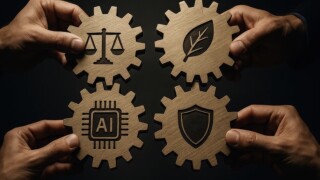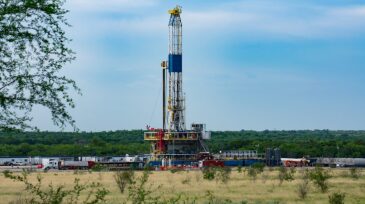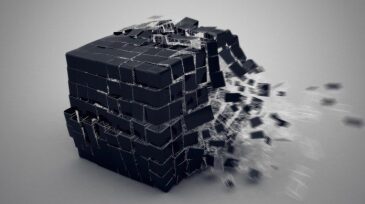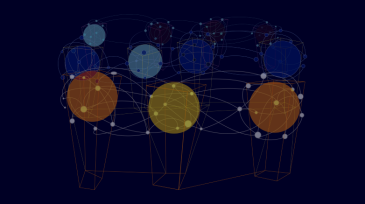AI/machine learning
Aurora Innovation and Detmar Logistics have inked a deal for 30 autonomous trucks that will begin hauling sand in the region next year.
Sustainability in reservoir management emerges not from standalone initiatives but from integrated, data-driven workflows, where shared models, closed-loop processes, and AI-enabled insights reduce fragmentation and make sustainable performance a natural outcome.
Sponsored
In oil and gas operations, every decision counts. For more than 2 decades, SiteCom has been the trusted digital backbone for well operations worldwide, driving insight, collaboration, and efficiency.
-
Industry 4.0, the latest industrial revolution, has hit the manufacturing sector, building upon the adoption of computers and automation into industrial processes. How well suited is the oil and gas industry to leverage the new autonomous systems that could emerge from this transformation?
-
With so many buzzwords surrounding artificial intelligence and machine learning, understanding which can bring business value and which are best left in the laboratory to mature is difficult.
-
Despite having some of industry’s most hazardous working environments, a sector that pioneered the adoption of digital technology has been slow to exploit artificial intelligence and machine learning in the area of health and safety.
-
This paper details how artificial intelligence was used to capture analog field-gauge data with a dramatic reduction of cost and an increase in reliability.
-
Major differences exist between engineering- and nonengineering-related problems. This fact results in major differences between engineering and nonengineering applications of artificial intelligence and machine learning.
-
Joelle Pineau, a machine-learning scientist at McGill University, is leading an effort to encourage artificial-intelligence researchers to open up their code.
-
This paper investigates the most important independent variables, including petrophysics and completion parameters, to estimate ultimate recovery with a machine-learning algorithm. A novel machine-learning model based on random forest regression is introduced to predict estimated ultimate recovery.
-
What is explainability in artificial intelligence, and how can we leverage different techniques to open the black box of AI and peek inside? This practical guide offers a review and critique of the various techniques of interpretability.
-
Leaders in the AI community came together to release the 2019 AI Index report, an annual attempt to examine the biggest trends shaping the AI industry, breakthrough research, and AI’s impact to society.
-
The media is often tempted to report each tiny new advance in a field, be it artificial intelligence or nanotechnology, as a great triumph that will soon fundamentally alter our world. Occasionally, of course, new discoveries are underreported.













